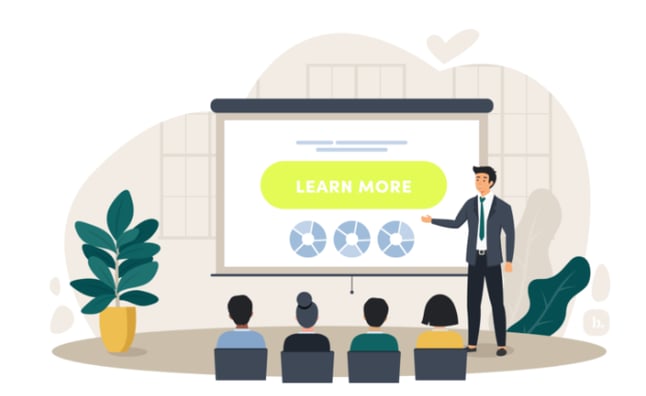Tips For Success On Your Next Presentation
12/8/20232 min read


Presenting data? It's your time to shine! Think of it as your chance to dazzle your audience with insights and discoveries. Whether it's a boardroom gig, a class presentation, or a TED-style talk, nailing your data presentation is key. Here are some tips to help you hit it out of the park:
Know Your Audience:
First things first, who's in the house? Get the scoop on your audience - their vibe, their interests, and their data-crunching know-how. Tailor the content, language, and level of detail to match their expertise and interests. Presenting data to executives might require a different approach than presenting to analysts or stakeholders from various fields.
Clarify The Objectives
Why are you bringing this data to the stage? Define the purpose of your presentation. Are you informing, persuading, or seeking a decision? Clearly outline your key objectives to ensure that the data presented aligns with these goals.
Choose the Right Visuals
Time to dazzle with visuals! Utilize visuals such as charts, graphs, and infographics to illustrate your data. Avoid cluttered or overly complex visuals. Keep it clean and clear - too much bling can blind the crowd!
Simplify and Focus
Prioritize the most relevant data points and focus on delivering a clear message. Avoid overwhelming your audience with excessive information. Simplify complex data by breaking it down into digestible chunks and highlighting key findings.
Tell A Story
Craft a narrative around your data. Start with an engaging introduction, present the main points coherently, and conclude with a clear summary. Weave your data into a story that flows and leaves them cheering for more!
Rehearse
Practice makes perfect, they say! Rehearse, rehearse, and then rehearse some more. Be one with your data. Familiarity with the content will make you more confident and help you handle unexpected questions or technical issues smoothly.
Engage Your Audience
Make them part of the presentation! Encourage interaction by posing questions, using real-life examples, or conducting polls. Engaged audiences are more likely to retain information and understand the significance of the data presented.
Be Ready For The Questions
Be prepared for questions or clarifications on the data. Anticipate potential queries your audience might have and have supporting evidence or explanations ready. Handle those questions like a pro!
Use Technology Wisely
Tech's your wingman, not the star. Slides, animations, and tech tricks - keep them slick. They should enhance understanding, not overshadow your message.
Consider Accessibility
Accessibility matters! Ensure that your presentation is accessible to everyone in the audience. Use clear fonts, appropriate color contrasts, and provide alternative formats if needed for those with visual or auditory impairments.
Be Authentic
Maintain a conversational tone and be yourself. Authenticity helps in connecting with your audience and keeps them engaged throughout the presentation.
Be You-nique!
Seek Feedback
After the presentation, ask for feedback from colleagues, mentors, or audience members. Constructive feedback can help you learn, improve, and get ready for the next presentation!
In conclusion, a successful data presentation involves careful planning, clear communication, and engaging delivery. By understanding your audience, organizing your content effectively, and delivering information in an accessible and engaging manner, you can create impactful presentations that effectively convey the significance of your data!
